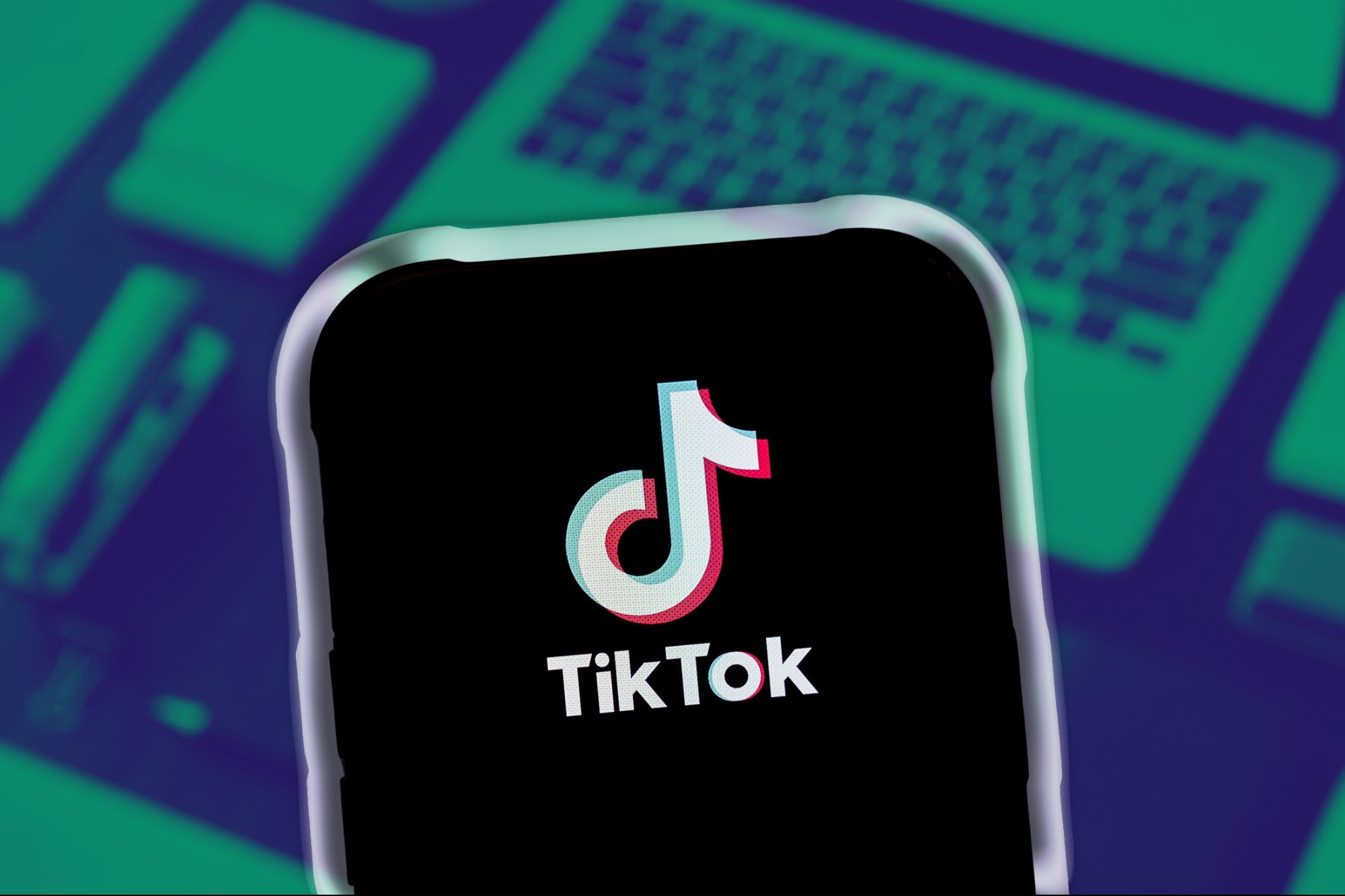Why We Need to Rethink Influencer Marketing in Europe There's a right way to do influencer marketing so it remains credible to consumers.
By Greg Miles Edited by Dan Bova
Opinions expressed by Entrepreneur contributors are their own.
You're reading Entrepreneur Europe, an international franchise of Entrepreneur Media.

Consumer attitudes have changed significantly over the past decade. The rise of ad blockers and premium ad-free products, along with dwindling display ad click through rates -- now at 0.05 percent across all ad formats and placements -- tell us that internet users are getting savvier at cutting advertising out of their diets.
Meanwhile, the abundance of information and entertainment available at the touch of a screen means that consumers have the ability to be incredibly selective about the content they consume. Over 400 hours of video are uploaded to YouTube every hour, and more than 95 million photos and videos are posted on Instagram every single day.
Related: Why Central European Brands Don't Need to Spend a Lot to Grow a Following
Social media influencers were born out of this new fragmented internet. They provided a welcome source of trust and authenticity in a world that bombarded users with annoying, intrusive and insincere ads. Building their audiences by offering relevant and helpful opinions, influencers became the digital stars of the social media age.
But, then the inevitable happened. With consumers seeking authenticity and marketers looking for new mediums to reach them, both met at the feet of influencers. Brands began paying to be featured in influencer content, and in just a few years, influencer marketing erupted into a £1.5 billion industry.
Three out of every four brands now use influencer marketing, and the big bang has come at a cost. A new research report from Bazaarvoice says that 47 percent of consumers in Europe are "fatigued" by repetitive influencer posts on platforms like Instagram. And it reached a crescendo earlier this month when a post published by style blogger Scarlett London promoting Listerine's U.K.-wide "Bring Out The Bold" campaign went viral.
"Somehow social media influencers managed to develop a form of advertising that is less authentic and human than the most sanitized 90s shampoo commercial," tweeted BuzzFeed's disillusioned opinion editor Tom Gara.
In a few short years, Influencer content has turned into a commodity, oversaturating news feeds as influencers jump from one brand to another, often on a day-to-day basis. The authenticity that built the influencer industry is being lost. As a result consumers across Europe are starting to distrust influencers the same way they distrust traditional media and advertising.
Related: The Most Common Words U.K. Companies Use for Their Business Names (Infographic)
This presents new challenges for businesses. The current system is broken and to succeed with influencers we need new rules. Here are seven commandments for a successful influencer campaign in 2018 and beyond.
1. Focus on quality over quantity.
Micro-influencers have much smaller audiences compared to the giants of the social sphere, but their followers are typically more engaged. Brands like Adidas are using micro influencers in their marketing as the message is much more authentic. Last year, the sports brand picked thirty players from football academies across London, and invited them to design, name and promote a new line of football boots.
Rather than looking at reach or followers, focus on how loyal and engaged the influencer's audience is.
2. Find long-term ambassadors.
One of the key drivers behind consumers' declining trust in influencers is the number of brands they associate themselves with. Money talks, and many influencers will promote whatever brand is writing their check that week (or day). Longer-term brand associations are likely to garner significantly better results than sporadic one-off posts with brand-hopping influencers.
3. Be more selective.
Only use an influencer if he or she embodies your brand. Brands and influencers should go together like Emma Watson and Burberry or Nick Offerman and Scottish Whisky brand Lagavulin. The very best influencers are the ones who already consume your brands.
4. Leverage their creativity.
Influencers became so because of their ability to capture and hold an audience's attention. So, rather than offering a rigid brief and holding them to it, let their creativity be the driving force behind the content.
5. Consider new channels.
Instagram moved to the forefront of brand marketing in Europe this year, but as feeds are flooded with more and more sponsored content, it will pay dividends to experiment with emerging channels. Podcasts now offer big and small brands a serious route to market as they break into the mainstream, while the medium is also benefiting from improving measurement and attribution tools.
6. Look at the whole picture.
Instead of viewing influencers as simply a vessel for product endorsement, think about how they can enhance wider brand campaigns. Boxed Water recently used influencers to spread the message about its #Retree initiative, which saw the brand commit to plant 612,567 trees in partnership with the National Forest Foundation. The campaign demonstrated the brand's commitment to sustainability, and influencers were the catalyst behind the movement.
7. Remember authenticity!
Finally, remember that authenticity is key. As soon as that is lost, the campaign will lose all credibility and the influencer will influence nobody.
Europe's social influencer bubble may not be about to burst, but it's certainly maturing. Continuing to follow the old spray and pray approach will see your brand get lost in the noise. If we stick to the rules above we can drive it to a better place, for brands and consumers.













